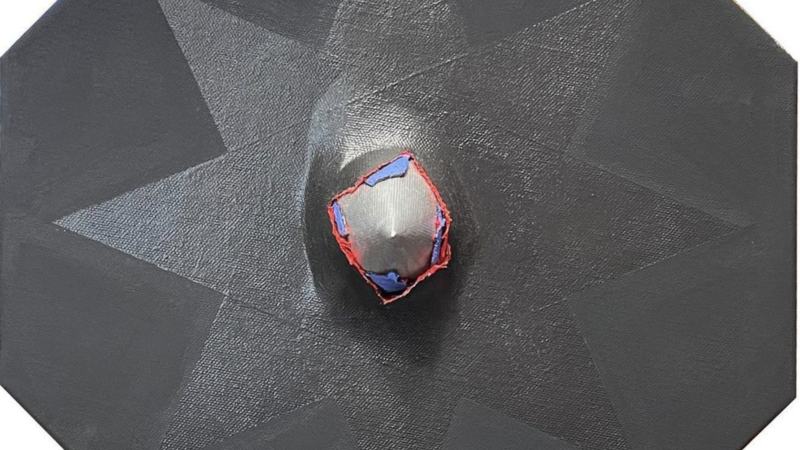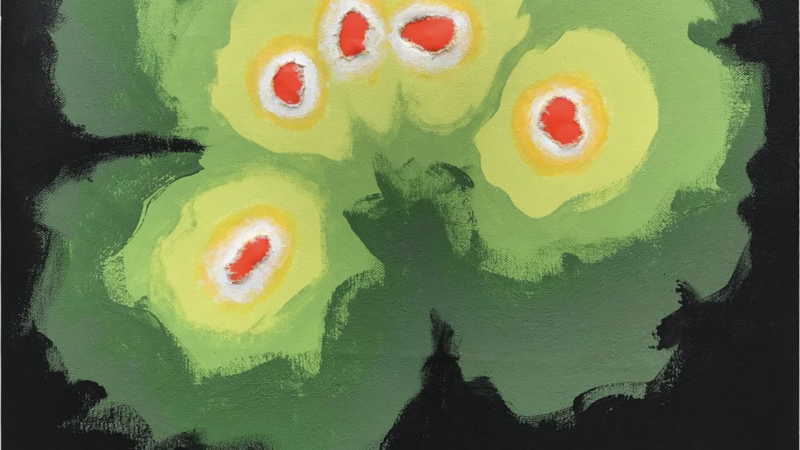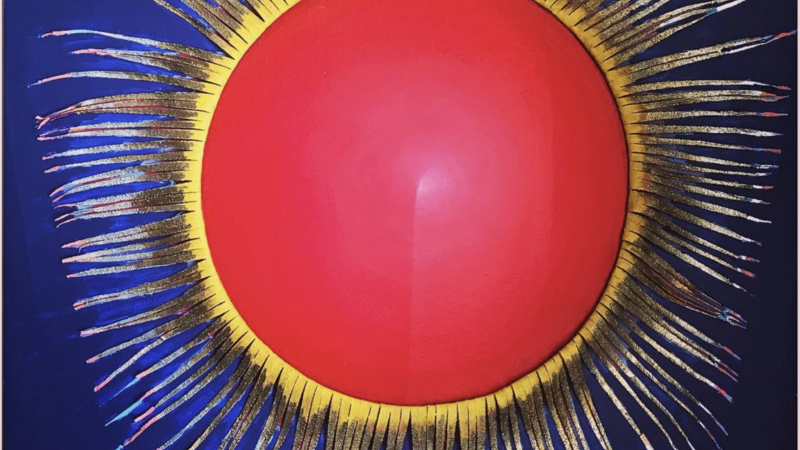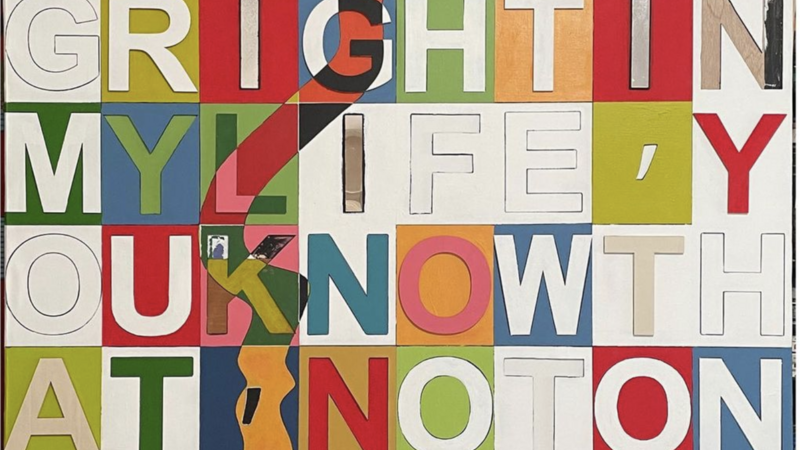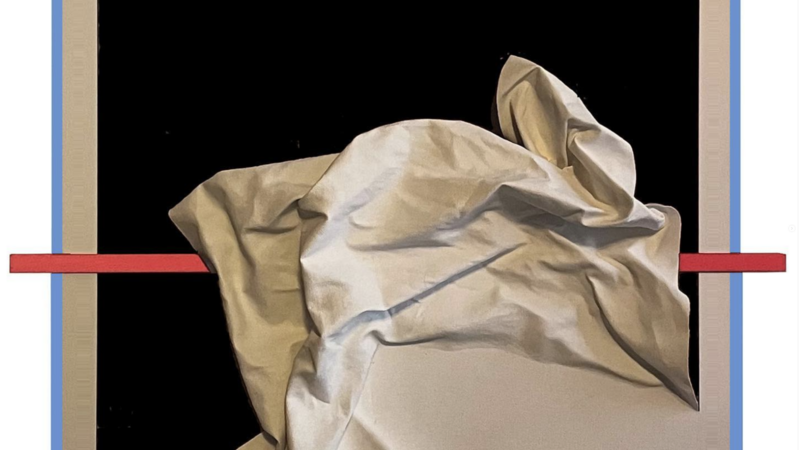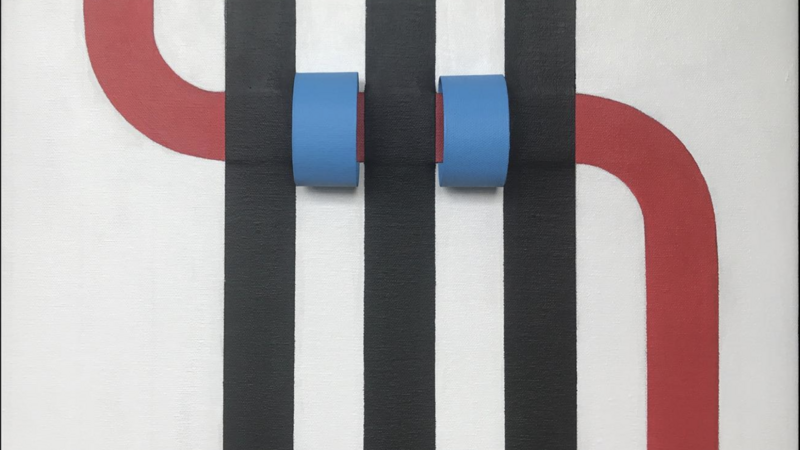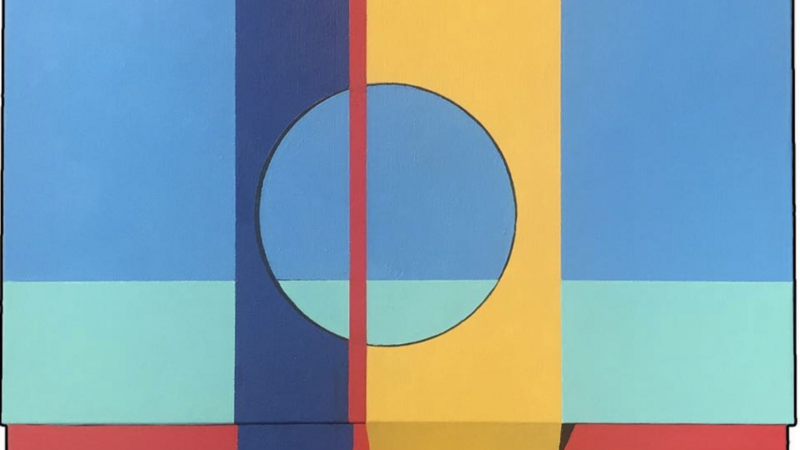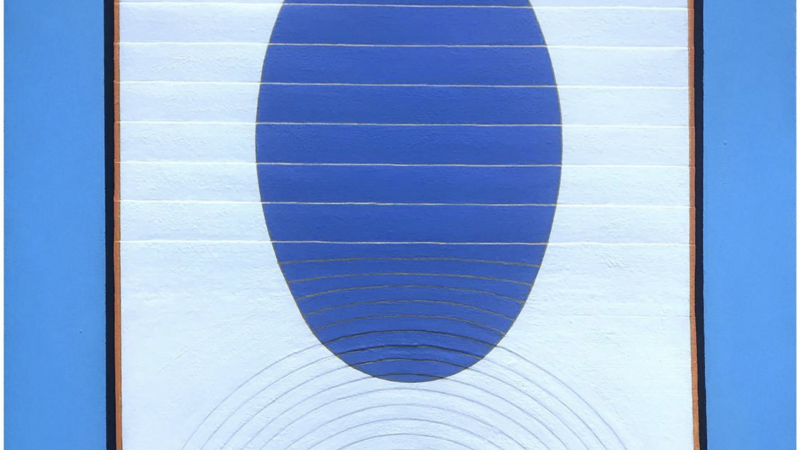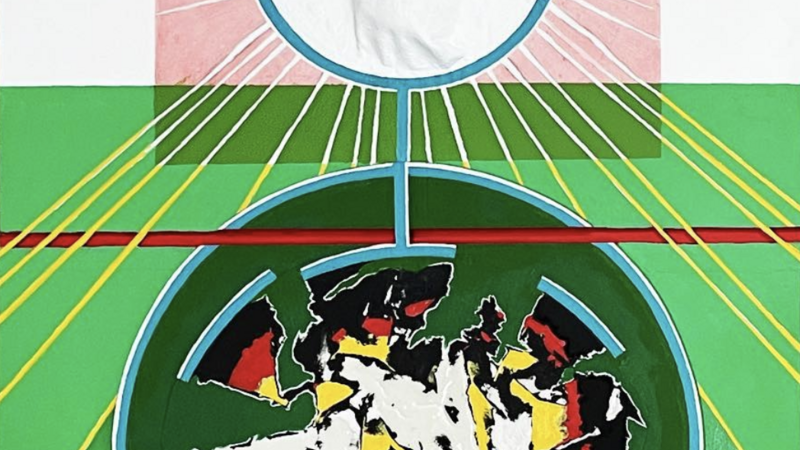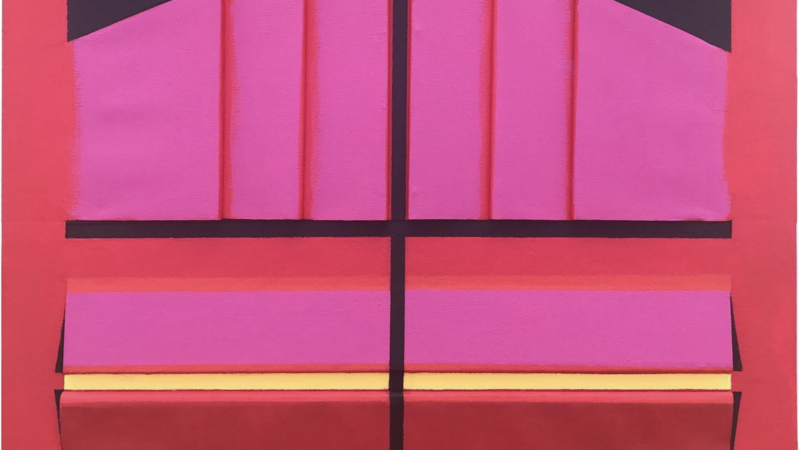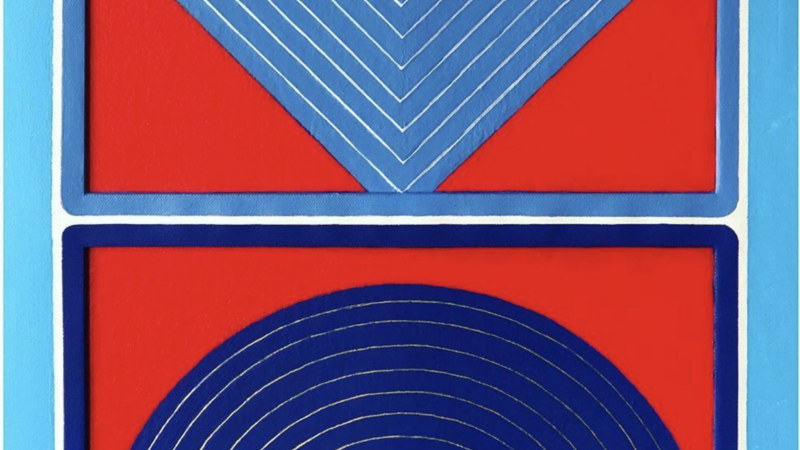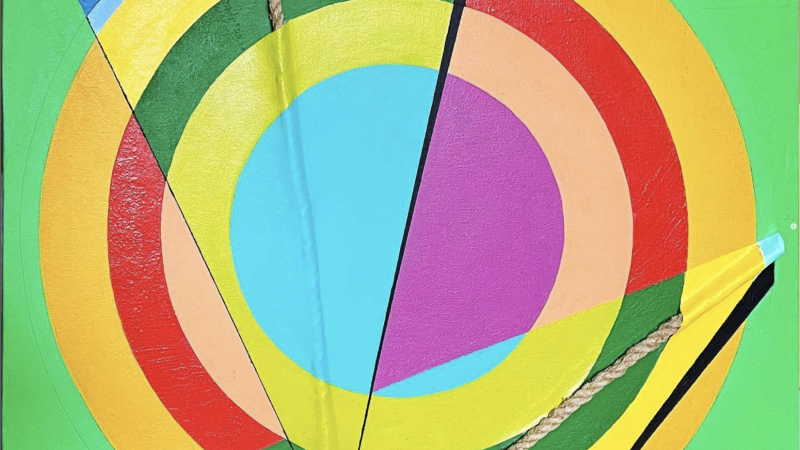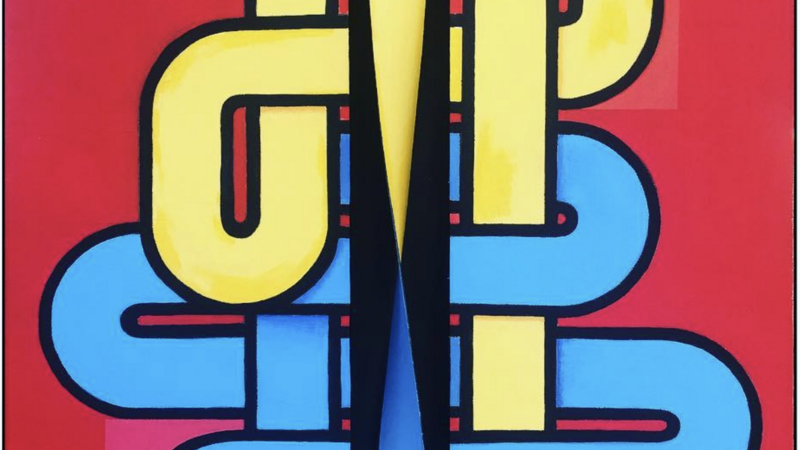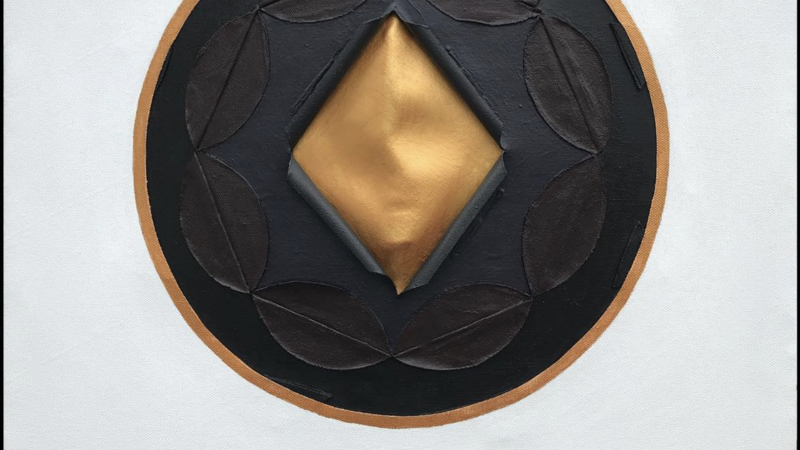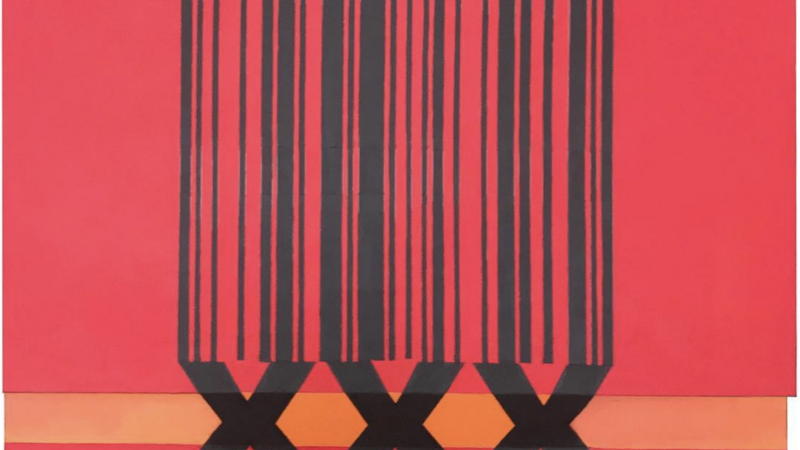Adrian Panaitisor

Born in Bucharest, Romania, he holds a Bachelor of Fine Arts from the University of Connecticut in 1995, and a Bachelor of Science from the McB Naval Academy (Romania) in 1980. Adrian has over fifty years experience as an artist, thirty as a graphic designer, and over twenty as an educator. He has exhibited extensively in the US and Europe, and he's the founder of the Art eSchool and the Art Pill blog. In 2016, Adrian became a full-time artist, and lives and works in West Hartford, Connecticut.
Classification: Adult Professional
